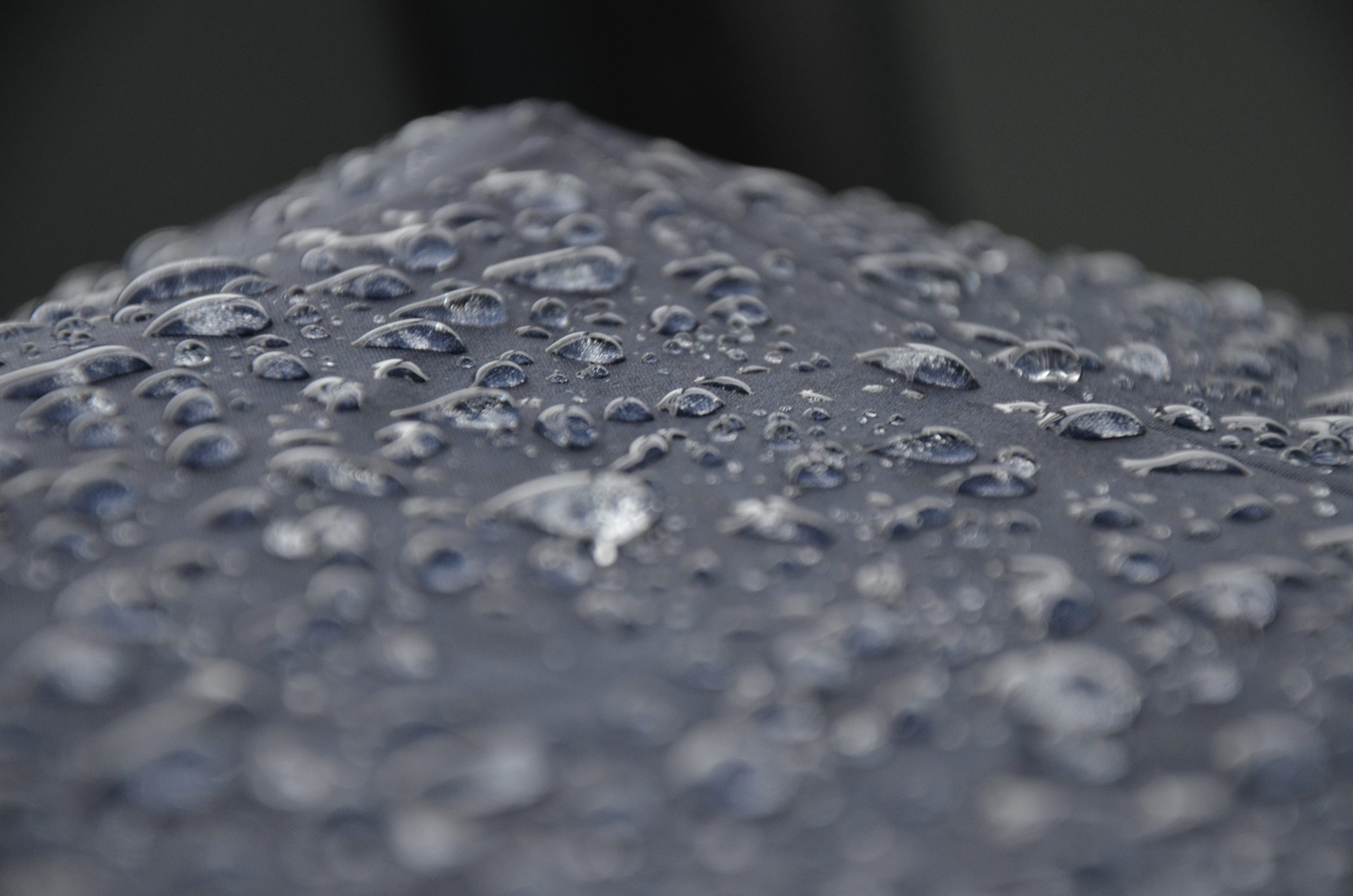A single night of rain can cost you thousands of dollars…
Unless you properly seal your insulation-packed walls.
Doing what you can to prevent insulation from getting wet is MUCH MUCH easier than trying to deal with wet insulation.
Trust us. It’s our job.
That’s why in today’s article we cover what to do if your insulation gets wet and how to prevent it from happening.
What happens if roof insulation gets wet?
When your roof insulation gets wet, it will start to lose some of its functionality… such as reducing heat transfer. Monolithic.org states that wet insulation can lose up to 50% of its insulating R-value.
Cellulose insulation in particular will see a big reduction in efficacy. That’s because it’s loose-fill insulation made of tiny shreds of cloth and paper… making it great at absorbing water.
When that happens the cellulose insulation will lose the fluff factor that helps it insulate your roof.
Well say it here, and will repeat it throughout the article, the best way to deal with wet insulation is by preventing it from happening.
But, we understand that life happens — which is why we show you how to fix wet insulation later on in this article.
Is it OK for fiberglass insulation to get wet?
So we know that cellulose insulation is pretty useless when it gets wet… but that’s not the whole case with fiberglass insulation.
You might think fiberglass is waterproof, but the thick batt can trap moisture. In turn, wet fiberglass will begin to lose its thermal resistance properties just like cellulose.
Unlike cellulose, fiberglass insulation can dry out and be used again.
But we recommend replacing any wet insulation with new insulation. We say this because wet insulation is a great way to bring mold into your house.
Can insulation get moldy if wet?
Mold loves damp – wet – environments & not hot dry ones. The attic is the is luckily a dry & hot environment most of the time.
Moldy insulation is most often found in the basement from some sort of plumbing leak.
While some insulations are also resistant to mold, oftentimes the wood around them isn’t.
So if it was wet for a while, you might have mold on the ceiling joists and support beams.
You should move the insulation out of the way and inspect the wood for signs of mold.
Insulation like cellulose that has semi-organic parts is much more prone to molding than fiberglass.
Is insulation ruined if it gets wet?
Most insulation, including Cellulose, can dry out and be fine. As long as you remove it from the damp environment it’s in and crank up the heat & airflow.
But!
It will never be as effective as before it got wet.
When insulation gets wet it clumps up which reduces its R-value.
If your insulation is compressed or contaminated, then it will lose effectiveness. At that point, you will need to replace the insulation completely.
Failure to keep the insulation dry may lead to:
- Corrosion of metal cladding
- Insulation’s thermal performance will be significantly reduced
- Unseen mold growth from trapped water in the building cavity
How to dry out wet insulation
While your first reaction might replace wet insulation as soon as you find a leak, it might be possible to dry it out if the leak isn’t significant.
However, if the insulation is too wet, that causes its fibers to join and create wet clumps in your attic, crawlspace, and other affected areas.
Plus, insulation type plays a large part in being able to recover wet insulation.
Under some circumstances, you can dry cellulose loose-fill insulation and fiberglass batts.
For example, if you’re trying to dry out fiberglass batts, you’ll achieve the best results by aiming fans at the wet insulation.
It’s also a good idea to keep dehumidifiers running in the affected area, like your attic, for example.
If you have cellulose loose-fill insulation, that’s probably made of very absorbent pulverized paper. That means the insulation inside your walls or in your attic can retain moisture for extended timeframes. Unfortunately, that also means this insulation type typically resists drying methods. Unless it’s a small area, the recommended mitigation is removing and replacing this insulation type.
Remember that when you have wet insulation, the wooden structure surrounding it will also be wet.
So, to prevent mold and mildew growth, removal and drying of everything is the recommended method.
In almost all cases the only to recover wet insulation is to completely remove the insulation from the floors and the wall.
Once it’s out then you can work on bringing in dehumidifiers, fans, and cranking up the heat.
While it is possible to dry wet insulation without removing it… it’s pretty tricky and easy to mess up.
Dry insulation without removing it from the wall
The only way to dry out wet insulation inside wall cavities is to open up the wall. Then, making use of special drying equipment, you’ll need to inject dry air directly into the wall’s cavities.
How long does it take wet insulation to dry
The best case scenario is that you get the insulation pulled out ASAP and have dried in 72hrs.
After this period, you will have to consider replacing the damaged portion. You will get the best results only if a minor part of the insulation is affected.
If a large area of insulation was exposed to water and holds moisture for longer than 72 hours, it will need to be replaced.
And to be honest with you, wet insulation almost always needs to be replaced.
Avoid insulation getting wet during construction
If compression or contamination occurs, then your insulation loses its effectiveness.
All the time you spent on the DIY goes down the drain.
It’s easier, faster, and safer to let professionals handle everything for you.
That’s why we recommend reaching out to one of our insulation specialists to help fix your insulation problems.







